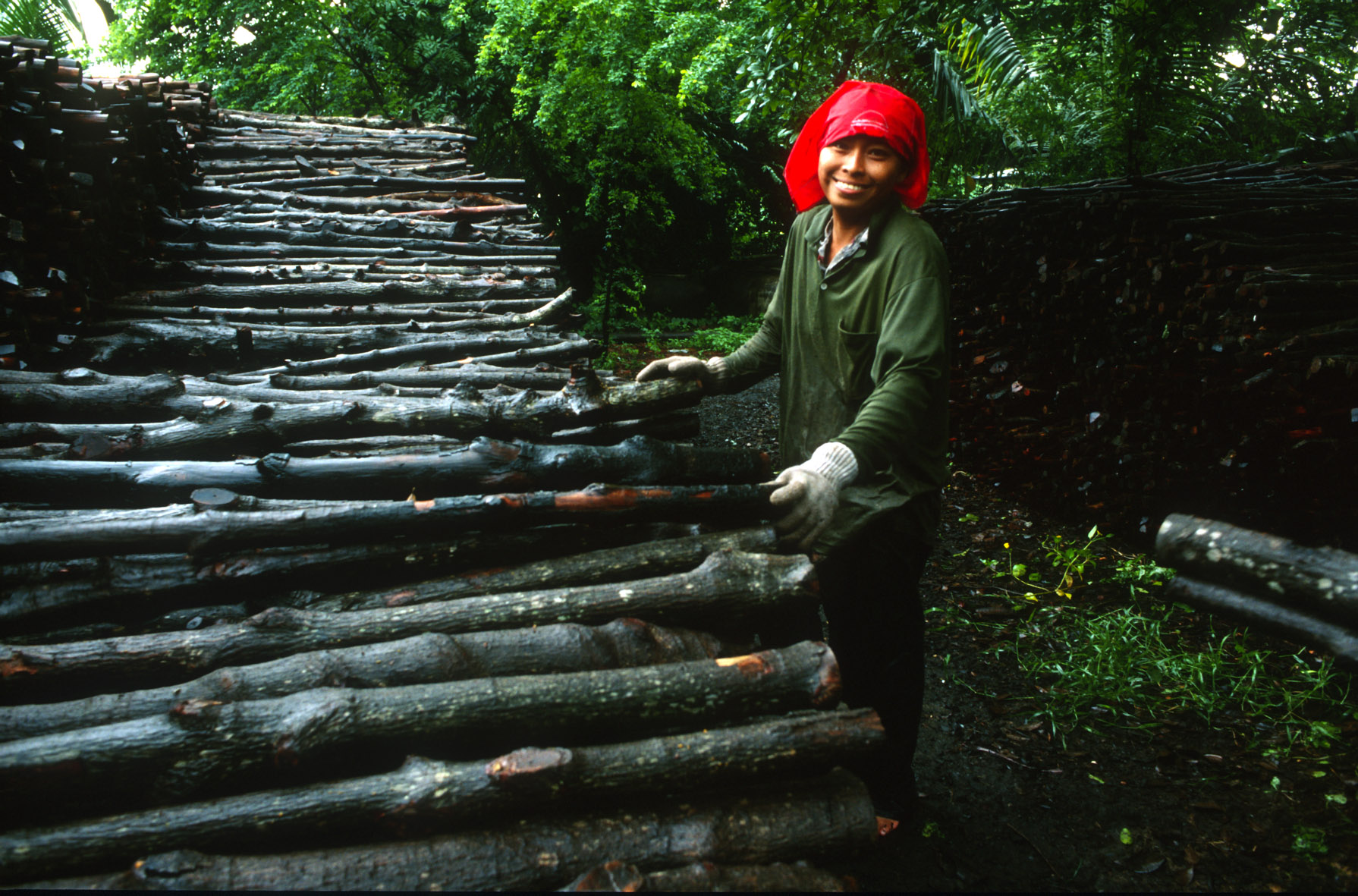International family of classifications (UNSD)
International family of classifications (UNSD) Read More »

High-income countries often take the wastewater management process for granted. Yet only 58 per cent of the world’s domestic wastewater is safely treated, with significant variation across regions. For World Toilet Day, we delve into the data to gain a better understanding of employment in the water collection, treatment and supply and sewerage industries in different country contexts.
The unseen workforce behind wastewater management Read More »

Despite women breaking barriers in science, technology, engineering, and mathematics (STEM) occupations and some overcoming obstacles in leadership roles, the transformation of the gender landscape in the workplace remains somewhat limited. Explore the latest insights from the new ILO database Worker and Sector Profiles.
Where women work: female-dominated occupations and sectors Read More »

Technology has severely affected demand for postal services. At the same time employment in the industry is still rising in most countries, driven by rapid growth in courier activities. This apparent contradiction in fact supports the idea that while technological progress can destroy jobs and displace workers, it can also create more jobs, creating a positive overall effect. Looking to the future, reskilling, upskilling and support to help postal services accelerate their digitalization and diversification processes will be key to building the resilience and adaptability of workers and enterprises in the sector.
From tradition to transformation: employment trends in postal and courier services Read More »

In-depth tourism employment data can provide valuable insights for shaping policies that benefit enterprises and improve the welfare of workers in the industry.
How data can bolster decent work in the tourism sector Read More »

This study employs a new method to fill the gaps of missing data points in order to provide sound total employment estimates in the forest sector on a global scale.

Quantifying how many people are employed in the forest sector is not a straightforward exercise. Nonetheless, the ILO, FAO and the Thünen-Institute of Forestry joined forces to estimate the global workforce in forest-related activities and provide insights on labour market trends in this sector.
Forest sector employs 33 million around the world, according to new global estimates Read More »

Concise description of concepts and definitions, uses, sources and limitations of indicators in the Worker and Sector Profiles, including definitions for the groups of occupations and/or sectors recombined to create these profiles.
Worker and sector profiles (PROFILES database) Read More »

Concise description of concepts and definitions, uses, sources and limitations for labour force statistics in various databases (LFS, STLFS, RURBAN).
Labour Force Statistics (LFS, STLFS, RURBAN databases) Read More »

Tech’s persistent gender gap is well documented, but it might surprise you to learn that the gulf transcends national wealth and development lines.
Tech’s persistent gender gap Read More »